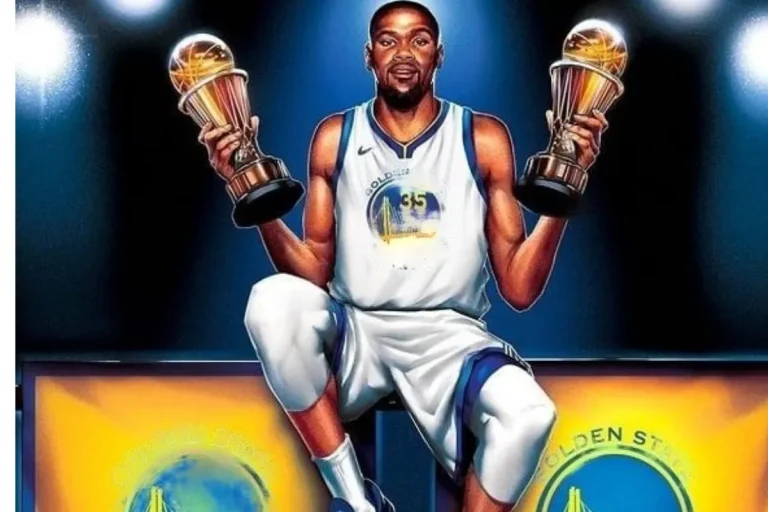What baseball position gets paid the most
Are you curious to know which baseball position gets paid the most in Major League Baseball (MLB)? Well, you’re not alone. The allure of a successful baseball career goes far beyond the love for the game. For many players, the financial rewards are a significant driving factor. In this article, we will explore the fascinating world of salary disparities in MLB and uncover which baseball position tends to receive the highest pay.
The Economics of Baseball Salaries
When it comes to understanding player salaries in Major League Baseball (MLB), several factors come into play. The financial landscape of the sport is shaped by various elements that influence how much players earn. Let’s delve into these factors and gain a clearer understanding of the economics behind baseball salaries.
One crucial aspect is revenue generation. MLB teams generate income through various channels, such as ticket sales, merchandise, and concessions. Additionally, television contracts play a significant role in boosting revenue. The more lucrative the TV deals, the more money flows into the league and subsequently affects player salaries.
Another key factor is player performance. A player’s on-field performance directly impacts their value and earning potential. Stellar performance, such as hitting for high averages or pitching with exceptional skill, can significantly increase a player’s market value and subsequently their salary.
Market demand also plays a role in determining salaries. Teams aim to attract fans and generate revenue, which means they often invest heavily in star players who draw crowds and increase ticket sales. This demand-driven market can lead to higher salaries for players who are in high demand due to their talent and popularity.
Competition among teams further drives up player salaries. When multiple teams vie for a player’s services, it creates a bidding war, increasing the player’s value and ultimately their salary. Teams are willing to pay top dollar to secure the best talent, leading to higher salaries overall.
Analyzing Salary Data: A Historical Perspective
When we delve into the historical data on MLB player salaries, it becomes evident that baseball salaries have experienced significant growth over the years. Let’s take a closer look at this upward trend and explore the reasons behind the increasing earnings of players in the world of baseball.
Over the past several decades, player salaries in MLB have witnessed a remarkable surge. This growth can be attributed to various factors. Firstly, the overall revenue generated by the sport has increased substantially. With the rise in television contracts, endorsements, and ticket sales, the financial resources available to teams and the league as a whole have expanded. As a result, players have been able to negotiate higher salaries, given the increased revenue flowing into the sport.
Another reason for the upward trend in player earnings is the heightened competition among teams. As franchises strive to assemble competitive rosters, they are willing to invest more in securing top-tier talent. This competition for players’ services drives up their market value and subsequently their salaries. Additionally, the growing popularity of baseball and the demand for star players have contributed to the rise in salaries, as teams vie to attract fans and boost ticket sales.
It is important to note that the increased earning potential for players is also tied to their performance and skill level. As players continue to excel on the field, their market value rises, leading to higher salaries. The combination of exceptional performance, market demand, and increased competition has created a favorable environment for players to negotiate more lucrative contracts.
Highest-Paid Positions: Pitchers vs. Position Players
When comparing the salaries of pitchers and position players in MLB, it becomes apparent that there are significant discrepancies between the two groups. Let’s take a closer look at the factors that contribute to these salary differences and analyze the impact of specialized skills and market demand on pitcher salaries.
Pitchers, especially elite starting pitchers, tend to command higher salaries compared to position players. This can be attributed to the specialized skills required in pitching, as well as the demand for top-notch pitchers in the market. Pitching in baseball is considered one of the most challenging and crucial roles on the field. The ability to consistently throw strikes, control the game, and prevent opposing teams from scoring is highly valued. This specialized skill set places pitchers in high demand, leading to higher salaries.
Furthermore, the limited supply of top-quality pitchers contributes to their higher earning potential. There are fewer pitchers capable of consistently delivering outstanding performances compared to the number of position players available. This scarcity drives up the market value of elite pitchers, allowing them to negotiate more lucrative contracts.
On the other hand, position players, while equally important to a team’s success, often face more competition due to the larger pool of available talent. The demand for position players is spread across various positions such as outfielders, infielders, and catchers, resulting in a more competitive market. This can lead to relatively lower salaries for position players compared to pitchers.
The Elite Positions: Pitchers, Catchers, and Corner Infielders
When examining the salaries of pitchers, catchers, and corner infielders in MLB, it becomes evident that these positions often command higher earning potential. Let’s explore the factors that contribute to their higher salaries and investigate the importance of defensive skills and leadership qualities in these elite positions.
Pitchers, catchers, and corner infielders are considered crucial positions in baseball due to their defensive responsibilities and leadership roles. Pitchers, as discussed earlier, possess specialized skills that are highly valued in the sport. Their ability to control the game, strategize pitches, and prevent opposing teams from scoring makes them integral to a team’s success. Consequently, pitchers are often among the highest-paid players in the league.
Catchers, too, play a vital role in the game. They are responsible for calling pitches, managing the pitching staff, and controlling the game’s tempo. Their defensive skills behind the plate, such as framing pitches and throwing out baserunners, are highly valued. Additionally, catchers are often seen as the on-field leaders, directing the defense and providing guidance to the pitchers. These leadership qualities contribute to their higher earning potential.
High-Paying Positions: Outfielders and Middle Infielders
When examining the salaries of outfielders and middle infielders in MLB, it becomes evident that these positions offer substantial earning potential. Let’s examine the reasons behind their higher salaries and highlight the importance of offensive production and defensive versatility in these positions.
Outfielders play a critical role in the game, covering vast areas of the outfield and making crucial defensive plays. Their ability to track down fly balls, make accurate throws, and prevent extra-base hits is highly valued. Additionally, outfielders often contribute significantly to their team’s offense, providing power hitting, speed on the bases, and run production. The combination of offensive and defensive skills makes outfielders highly sought after, leading to higher salaries.
Middle infielders, including shortstops and second basemen, are known for their defensive versatility and offensive contributions. These positions require exceptional fielding skills, as middle infielders are involved in turning double plays, making quick and accurate throws, and covering a significant amount of ground. Moreover, middle infielders are expected to contribute offensively, providing a combination of contact hitting, speed on the bases, and run production. Their ability to excel both defensively and offensively elevates their market value and leads to higher salaries.
Exploring Salary Disparities: Bench Players and Relief Pitchers
When exploring the salaries of bench players and relief pitchers in MLB, it becomes apparent that these positions often receive lower salaries compared to their counterparts. Let’s analyze the factors that contribute to their comparatively limited earning potential and discuss the importance of team dynamics and specialized roles in these positions.
Bench players, also known as utility players, are often considered versatile assets for a team. They can play multiple positions and provide depth to the roster. However, their playing time may be limited, which can impact their earning potential. Since they do not have regular starting roles, their statistics and contributions to the team may be less significant, leading to lower salaries compared to starting players.
Relief pitchers, on the other hand, play a specialized role in the game. They are called upon to pitch in specific situations, such as late-game scenarios or to face specific batters. While their contributions can be crucial, their playing time may be limited compared to starting pitchers. Additionally, the market for relief pitchers is often more competitive, leading to a larger supply of talented pitchers and potentially impacting their earning potential.
Technical FAQs: Baseball Positions and Salaries
What baseball position typically earns the highest salary?
Starting pitchers often earn the highest salaries due to their significant impact on the game and the demand for reliable starters.
Do position players earn higher salaries than pitchers?
In general, top-tier position players such as outfielders and middle infielders tend to earn higher salaries compared to most pitchers.
Are relief pitchers paid less than starting pitchers?
Yes, relief pitchers typically earn lower salaries than starting pitchers due to factors such as limited playing time and market competitiveness.
Do bench players receive lower salaries compared to starters?
Yes, bench players, who have limited playing time and may not have regular starting roles, tend to receive lower salaries compared to starting players.
Are there any exceptions to the salary hierarchy among positions?
Yes, there can be exceptions based on individual performance and market demand. Some star players in specialized positions like closers or elite position players may earn higher salaries than starting pitchers.
Conclusion
Understanding the salary disparities in Major League Baseball (MLB) can provide valuable insights into the financial dynamics of the sport. While all positions contribute to the success of a team, it is evident that certain positions tend to receive higher compensation than others. Pitchers, catchers, corner infielders, outfielders, and middle infielders often find themselves in the upper echelons of baseball salaries. However, it is essential to recognize that these trends may vary over time due to various factors. To delve deeper into the captivating world of baseball economics and player salaries, keep exploring the ever-evolving landscape of America’s favorite pastime.


